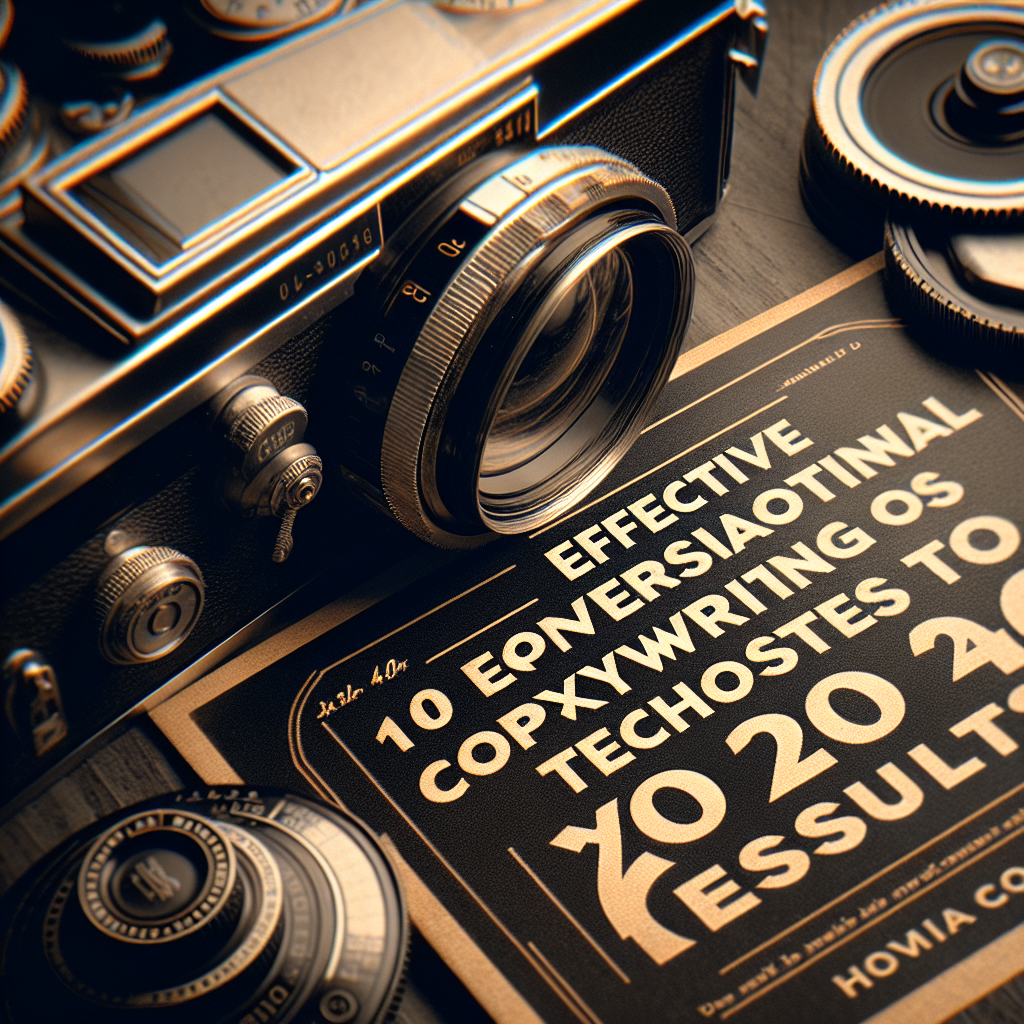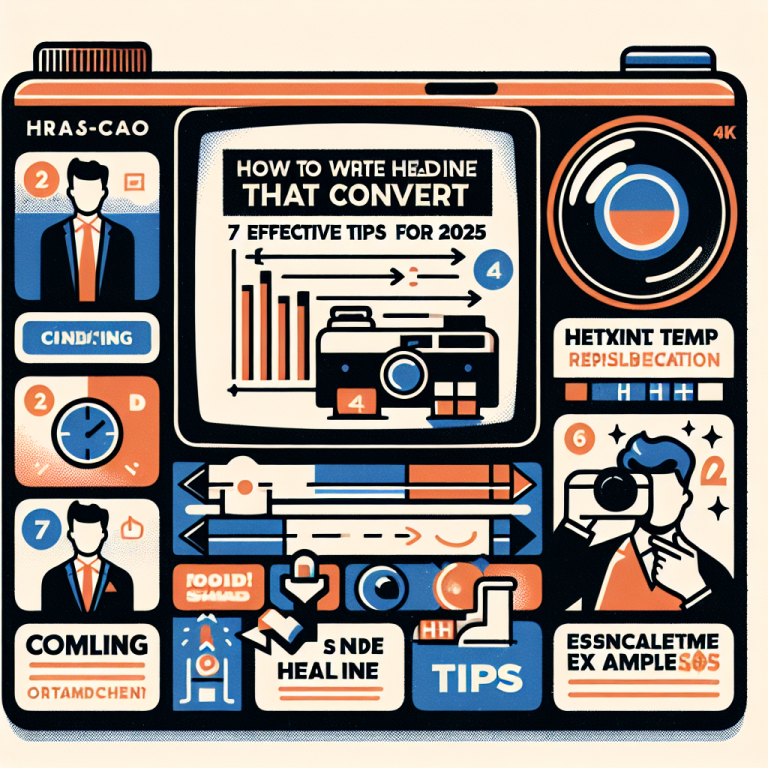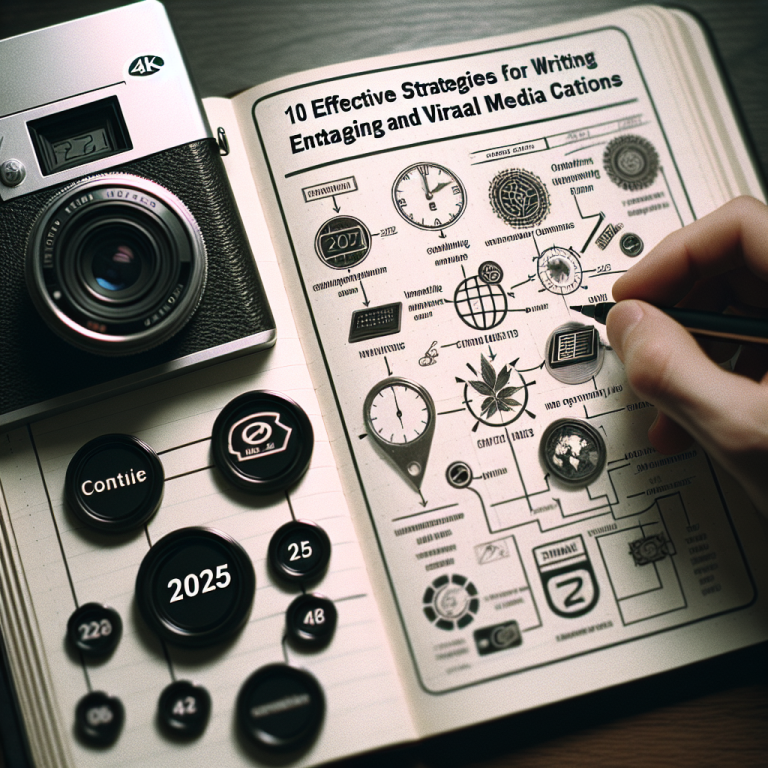10 Effective Conversational Copywriting Techniques to Boost Your 2025 Results
- 1. Speak Like Your Audience
- 2. Use Personalization and Storytelling
- 3. Write As If You’re Having a Conversation
- 4. Incorporate Questions to Engage
- 5. Use Simple, Clear Language
- 6. Emphasize Benefits Over Features
- 7. Incorporate Social Proof
- 8. Create a Sense of Urgency
- 9. Use Visuals and Formatting Strategically
- 10. Test and Refine Your Copy Regularly
In the rapidly evolving world of digital marketing, mastering conversational copywriting techniques is crucial for engaging your audience and driving conversions in 2025. These techniques help brands connect authentically with their customers, making messaging more relatable and human. Whether you’re writing web content, emails, or social media posts, applying these effective methods will elevate your results and foster stronger relationships with your audience.
1. Speak Like Your Audience
Understand Your Audience’s Voice
The foundation of effective conversational copywriting is speaking in a voice that your audience recognizes and relates to. Take time to research your target demographicâknow their language, tone, and preferences. For example, if your audience is young professionals, use modern slang and a friendly tone; if they are corporate clients, maintain professionalism but keep it personable.
By aligning your language with your audience’s communication style, you create trust and make your messaging feel natural. Use surveys, social media listening, and customer feedback to refine your understanding of their voice. In 2025, AI tools can assist in analyzing customer interactions to better tailor your copy.
Remember, the key is authenticity. Overly formal or salesy language can create a barrier. Instead, adopt a conversational style that makes your audience feel like theyâre chatting with a friend.
Practical Tips for Speaking Their Language
- Use colloquialisms and slang where appropriate
- Mirror the sentence length and structure they prefer
- Avoid jargon or complex language unless your audience uses it
For instance, replacing “Our product enhances operational efficiency” with “It helps your team get more done, faster” feels more conversational and relatable.
2. Use Personalization and Storytelling
The Power of Personal Connection
Personalization creates a sense of individual attention that makes your audience feel valued. Address your readers directly with words like “you” and “your.” Use data to tailor content based on their preferences and behaviors. In 2025, personalized content marketing is expected to increase engagement by over 20%, according to recent reports.
Storytelling complements personalization by making your message memorable. Share anecdotes and real-life examples that resonate with your audienceâs experiences. For example, telling a customer success story helps someone see how your product can solve their problem.
By integrating storytelling into your conversational copywriting, you foster emotional connections that can lead to higher conversion rates.
Practical Applications of Personalization & Storytelling
- Segment your email list for targeted messages
- Use customer testimonials in your copy
- Share behind-the-scenes stories about your brand
These strategies make your messaging feel more like a friendly chat rather than a hard sell.
3. Write As If You’re Having a Conversation
Conversational Tone and Natural Flow
One of the most impactful conversational copywriting techniques is writing in a way that mimics a real-time conversation. Use contractions, questions, and colloquial phrases to make your copy sound friendly and approachable.
Imagine explaining your product to a friend; this mindset helps you remove unnecessary jargon and overly formal language, making your message clearer and more relatable. Short sentences and straightforward language facilitate better understanding and engagement.
In 2025, AI-driven tools can help analyze your writing style and suggest improvements to ensure your tone remains conversational and natural.
Examples and Tips for Conversational Writing
- Use question-based sentences like “Looking for an easier way to manage your tasks?”
- Include expressions like “Here’s the deal” or “Guess what?”
- Write in active voice for immediacy and clarity
4. Incorporate Questions to Engage
Engagement through Interactive Content
Questions invite your audience to think and participate, making your copy more engaging. Strategic use of questions can guide readers through your message and prompt responses. For example, “Would you like to save time on your daily tasks?” directly appeals to their interests.
Questions also help to identify your audience’s pain points and needs, which you can address directly in your copy. In 2025, incorporating interactive elements like polls or quizzes further enhances engagement, especially on social media platforms.
Keep questions brief and relevant. Avoid overloading your copy with too many, which can become overwhelming.
Practical Tips for Using Questions Effectively
- Start with open-ended questions to spark curiosity
- Follow up with statements that provide solutions
- Use questions to segment your audience based on their responses
5. Use Simple, Clear Language
Clarity Over Complexity
In 2025, user attention spans continue to decline, placing even greater importance on clear messaging. Simple language ensures your message is easily digestible and leaves no room for confusion. Avoid long sentences or technical jargon unless absolutely necessary.
Research shows that content written at a 6th to 8th-grade reading level receives higher engagement online. When your copy is straightforward, your audience is more likely to understand and respond positively.
Practicing simplicity doesn’t mean dumbing down; it means being concise and direct while keeping your tone friendly and approachable.
Tips for Clear Copywriting
- Use active voice and direct statements
- Break complex ideas into smaller, digestible parts
- Eliminate unnecessary words
6. Emphasize Benefits Over Features
Highlight What’s in It for Them
Your audience cares most about how your product or service solves their problems. Use conversational copywriting techniques to focus on benefits rather than just listing features. Instead of saying “Our app has 50 functions,” say “Our app helps you save time and stress.”
This shift in focus builds an emotional connection and motivates action. In 2025, data-driven insights can help craft benefit-driven messages tailored to individual customer needs.
Always ask yourself: “How does this benefit the customer?” and phrase your copy accordingly.
Turning Features into Benefits
- Feature: Fast delivery | Benefit: Get your order in half the time
- Feature: Easy-to-use interface | Benefit: Start using it immediately without frustration
- Feature: 24/7 customer support | Benefit: Help whenever you need it, anytime
7. Incorporate Social Proof
Building Trust Through Testimonials
Consumers rely heavily on reviews and testimonials before making decisions. Incorporate social proof seamlessly into your conversational copy to boost credibility. Share real stories from satisfied customers, making them relatable and authentic.
In 2025, leveraging user-generated content on platforms like social media enhances trust further. Short video testimonials, reviews, and case studies serve as persuasive conversational copywriting techniques.
Use phrases like “Here’s what our happy clients say” to start your social proof segments.
Effectively Displaying Social Proof
- Embed quotes from customers within your copy
- Showcase impressive statistics related to your success stories
- Use visual cues like star ratings or thumb-up icons
8. Create a Sense of Urgency
Encouraging Immediate Action
Using urgency is a classic conversational copywriting technique that prompts your audience to act quickly. Phrases like “Limited time offer” or “Only a few spots left” persuade readers to avoid procrastination.
In 2025, combining urgency with personalizationâlike “Your exclusive deal expires today”âcan make your call-to-action more compelling.
Ensure that the urgency feels genuine; overuse can diminish trust.
Examples and Best Practices
- Use countdown timers on sales pages
- Highlight scarcity in your messaging
- Offer bonuses or extra value for quick decisions
9. Use Visuals and Formatting Strategically
Design Principles for Better Engagement
Well-placed images, icons, and formatting elements make your conversational copy more appealing and easier to scan. Use visuals to reinforce your message and break up long text blocks.
In 2025, interactive elements such as clickable polls or videos embedded within your copy boost engagement. Use bold, italics, and bullet points to highlight key points effectively.
Consistent branding and visual cues guide your readers naturally toward your call-to-action.
Best Practices for Visual Elements
- Include relevant images with descriptive alt text optimized with the keyword phrase
- Break text into sections with headers for easy scanning
- Use contrasting colors for CTA buttons
10. Test and Refine Your Copy Regularly
Data-Driven Improvements
Effective conversational copywriting techniques involve continual testing. Use A/B testing on headlines, CTA buttons, and messaging to see what resonates best. Analyzing metrics like click-through rates, bounce rates, and conversion rates guides your refinements.
In 2025, AI analytics tools can help identify patterns and suggest improvements faster than ever. Regular updates ensure your messaging stays relevant and compelling.
Always be proactive in collecting feedback from your audience to inform your copywriting strategies.
Actionable Steps for Testing
- Run split tests on key elements of your copy
- Track performance metrics diligently
- Implement improvements based on data insights
Conclusion
Mastering conversational copywriting techniques is essential for capturing attention and building trust in 2025. By speaking like your audience, personalizing messages, using engaging questions, and employing authentic storytelling, your content will resonate more deeply. Remember, continuous testing and refinement are key to staying ahead in the competitive digital landscape. Embrace these proven tactics, and you’ll see your results improve significantly in 2025 and beyond.
FAQ
1. What are some examples of conversational copywriting techniques?
Examples include using questions to engage, writing in a natural tone, personalizing your message, sharing stories, and emphasizing benefits over features.
2. Why is using conversational copywriting techniques important in 2025?
In 2025, consumers expect authentic and relatable communication. Using conversational techniques helps build trust, increase engagement, and improve conversion rates.
3. How can I incorporate social proof into my conversational copy?
Embed customer testimonials, reviews, and success stories naturally within your copy to enhance credibility and persuade potential customers.
4. How often should I test my conversational copy for improvements?
Regular testing, such as A/B testing, should be ongoing. Review performance metrics at least monthly to refine your messaging and stay responsive to audience preferences.








